"Cultural diversity is simply being aware of your situation as a human being living on a planet where there are nothing but different people. There are 8 billion differences on the planet!“Hassan Jarfi, Fondation Ihsane Jarfi
Our differences are our strength. Embrace diversity for a happier, healthier you.
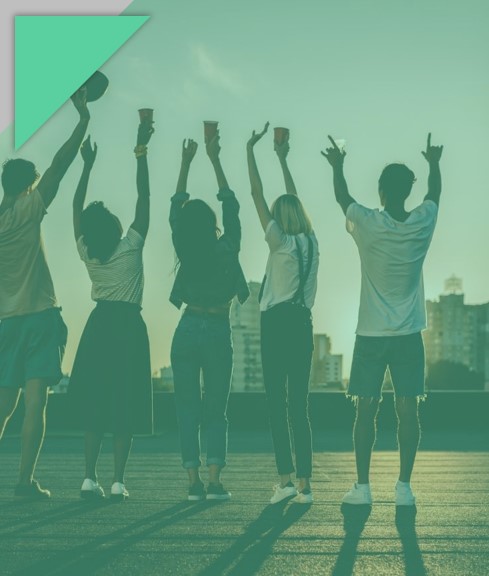
Watch the video on the left or click on this link to watch it on You Tube:
WHAT HAVE WE LEARNT?
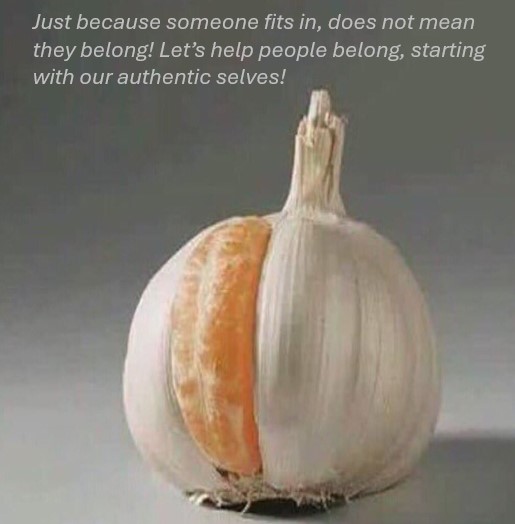
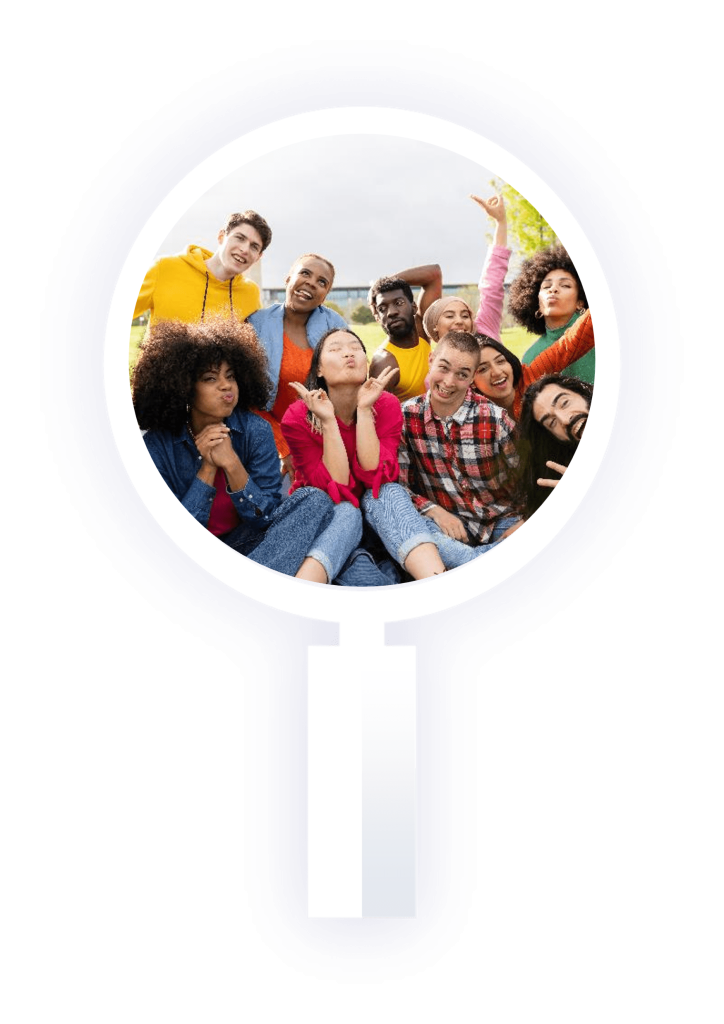

Reflect on a time when you felt you had to "fit in" rather than "belong". How did it impact your wellbeing?

How can you promote psychological safety in your daily interactions with young people from diverse backgrounds?

Share a personal story of diversity and inclusion with a friend or on social media. For example, use the hashtag #DiversityIsStrength.

Engage in a conversation with someone from a different background. Seek to understand their perspective and share yours.

Migrants are powerful engines for local economies, especially in the EU, a continent where population age is higher than ever. However, the migrant community still struggle to be citizens of full rights.
This math doesn’t make sense!

Labour market
Their education is not always recognised in the labor market of the host country
Education
In Europe, native-born children of migrants find it hard to keep up with their European peers
Low rates of taking up of post-compulsory education
Discrimination
Discrimination based on ethnicity, nationality and race
Gender
Migrant women have less access to the labour market compared to their European born peers
Participation
Lower participation in active citizenship and lack of participation in political life
According to the OECD (2021) youth with migrant parents are at particular risk due to lower educational level and lower labor market participation (the COVID-19 crisis only exacerbated this situation)
SECOND CHANCE PROGRAMMES
Language should favor integration instead of emphasizing the immigrant status. Example: Using “second-generation nationals” instead of “migrant generations”

FLEXIBLE EDUCATION
PATHWAYS FOR YOUTH
BORN ABROAD
Adjusting or language support, or helpful information of how the schooling system is needed before integration in mainstream education
TACKLE DISCRIMINATION AND PROMOTE DIVERSITY
Raising awareness about inclusiveness in the workplaces as well as staff rights and protection
SOCIAL INTEGRATION
THROUGH SPORTS AND
ASSOCIATIONS
Activities that give youth a chance to interact, show leadership skills, demonstrate talent, develop competences
FACILITATION OF SCHOOL-TO-WORK TRANSITION
Due to reasons such as low education, discrimination or lack of social networks. Programmes offering guidance, apprenticeship, traineeships are needed.
More information: OECD (2021) Migration Policy and Debate, Nº26, April 2021
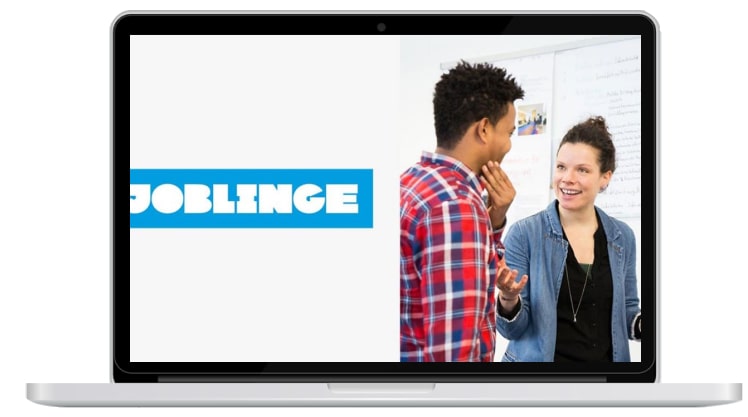
The JOBLING initiative in Germany aims to upskill young people (15-24), with low employment prospects, for and in the labor market. The programme, which lasts 6 months, first places young people in projects where they show their dedicated participation.
They go through an orientation phase to discover their job vocation and then they are prepared for apprenticeship in the occupations they desire. Subsequently, they start getting on-the-job experience in a supervised internship position, before they actually work for their apprenticeship position at a partner company.
More information at the European Commission’s Website of Integration
Youth clubs and other informal learning spaces can boost your wellbeing by giving you chances to express yourselves and discover new things.
These places encourage personal growth, socialising, and having a great time, all while learning. It's all about having fun and feeling good while gaining valuable experiences.
by Understanding the Relationship between Learning and Wellbeing

Engaging in creative activities such as art, music, and drama can provide you with a sense of self-expression and mastery, which can contribute to strengthening your identity. These activities can also promote positive social connections and a sense of belonging, which are important factors for wellbeing.

Outdoor activities such as camping, hiking, and rock climbing can offer learning opportunities. They not only promote physical and mental health but also provide spaces for you to develop leadership skills, teamwork, and a sense of self-sufficiency.
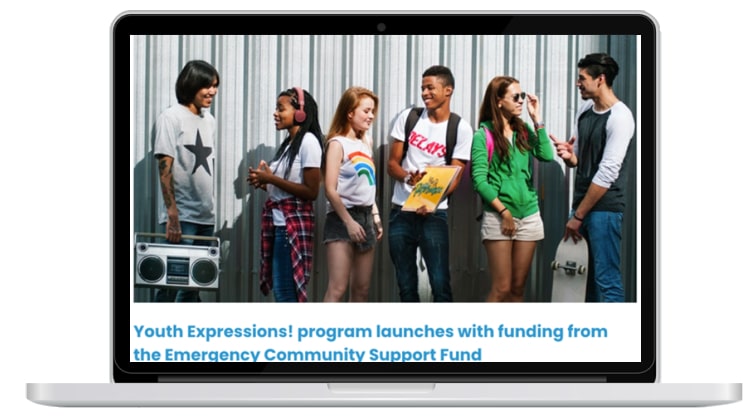
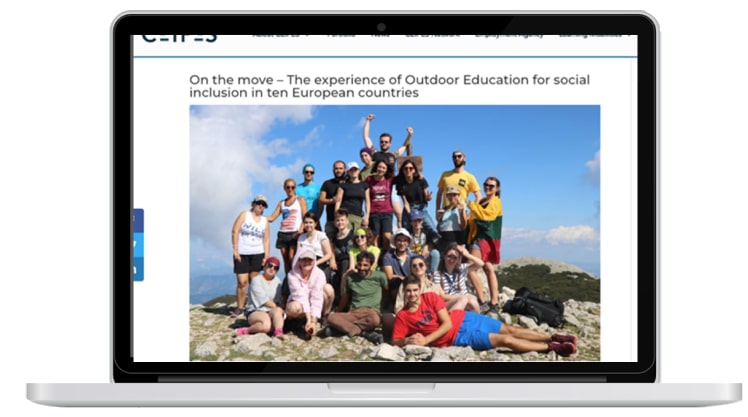
The EU funded project "On the move – The experience of Outdoor Education for social inclusion in ten European countries” promoted social inclusion and mental health among young people through outdoor activities. They developed new skills, connected with nature, and built positive relationships with their peers from different countries. The project provided a unique opportunity for young people to explore their potential, overcome challenges, and experience personal growth and development.
As we see in our On the Move example, formal learning, such as classroom-based education, is not the only path to personal growth and development. Informal learning opportunities, such as outdoor activities or community programmes, can also have a significant impact on wellbeing, and can be much more suited to engaging youth from diverse communities.
By exploring the impact of different types of learning on wellbeing, we can identify innovative approaches to promoting resilience, leadership, and self-awareness, all of which are important for fostering wellbeing throughout our lives. Recognising the importance of learning opportunities for promoting personal growth and development can help to promote inclusive learning environments that cater to the diverse needs and backgrounds of all young people
Some places just are a better environment for learning and progression. It's not just about the room, the books or computers. It's about the people around you, the goals you're chasing, and the tools you have.
Look for spaces where you're not just a number, but where you're truly connected and involved in the learning journey.

Where you can feel heard and valued, where you can share concerns and joys

Involving all of you in the process and decision making stimulates personal growth

Learning is not limited to the classroom, but also occurs in many settings such as youth clubs, community centres

Environments where you can create meaningful relationships with youth peers as well as adults
Youth Work Ireland has established voluntary-led youth clubs in over 200 communities throughout Ireland. They provide young people from all backgrounds with a safe space, where positive relationships are formed with adults, and support is available if needed.
These youth clubs are seen as the heart of the community, they encourage participation, foster a sense of belonging for young people, and provide training and support for volunteers, which helps to ensure that they create a supportive learning environment.
Click link above to access.
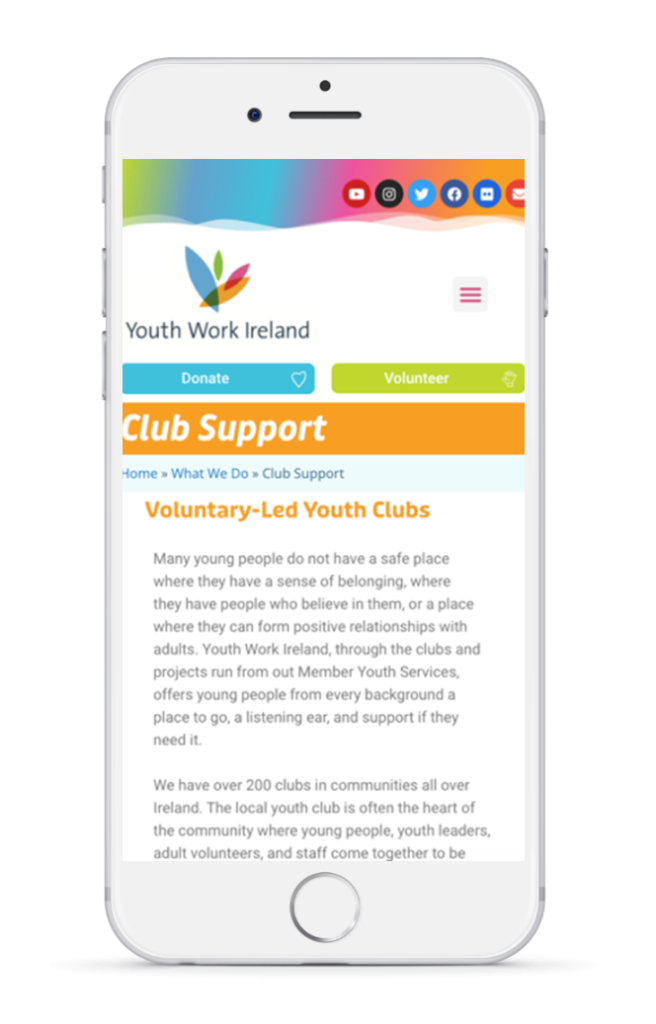
For those who work with youth, it is crucial to understand how different factors contribute to positive learning experiences for young people. You need to recognise that the learning environment plays a key role, including your relationships with young people, expectations set, and the resources available. By prioritising these factors, we can create learning environments that foster wellbeing, active participation, and a sense of belonging. This, in turn, positively influences the personal growth and development of our young people.

Ever wanted to really own what you learn? Look for chances where you can dive into stuff that sparks your interest, based on your own experiences. Think about teaming up with friends to learn together or using cool tech tools that make learning more fun and engaging.

Ever dreamt of a place where you're not just another face in the crowd? Find spots where you're not only safe but where you feel truly valued. It's about connecting with those who teach and guide you and feeling that wonderful sense of being part of a community where everyone's got each other's back.
Overall, we benefit from a fully holistic view of health and emphasise developing essential life skills. By promoting physical, emotional, and social wellbeing, and teaching skills such as problem-solving and resilience, young people are better equipped to handle life's challenges and achieve and maintain optimal health and wellbeing.

Ever noticed that we are rarely taught about looking after our own wellbeing? It's a big deal! By figuring out how to plan for our own mental and physical health, we can stay ahead, feel good, and dodge future health issues. It's like setting up a game plan for feeling better.

Tackling our insecurities can be a game-changer. We all have moments of doubt, especially when experiencing something new. But by learning to push past these feelings, we can grow, chase our dreams, and boost our overall happiness and mental health.

To learn to strategically plan for personal wellbeing, is an important skill worth acquiring early in life. This includes planning how to learn healthy habits that offer benefits throughout our lives, these may include mindfulness, sports, languages, or any fun learning path really.

It is sometimes easier to plan a new activity, dream about it, than executing it. Facing something new can be scary, and learning how to overcome initial anxieties is an important lesson we all face throughout our life. Monitoring our own little successes (for example with a bullet journal) can be a great way to boost self-esteem.
How to Start a Bullet Journal (Step-By-Step Tutorial)
By Shelby Abrahamsen: https://littlecoffeefox.com/how-to-start-your-very-own-bullet-journal/
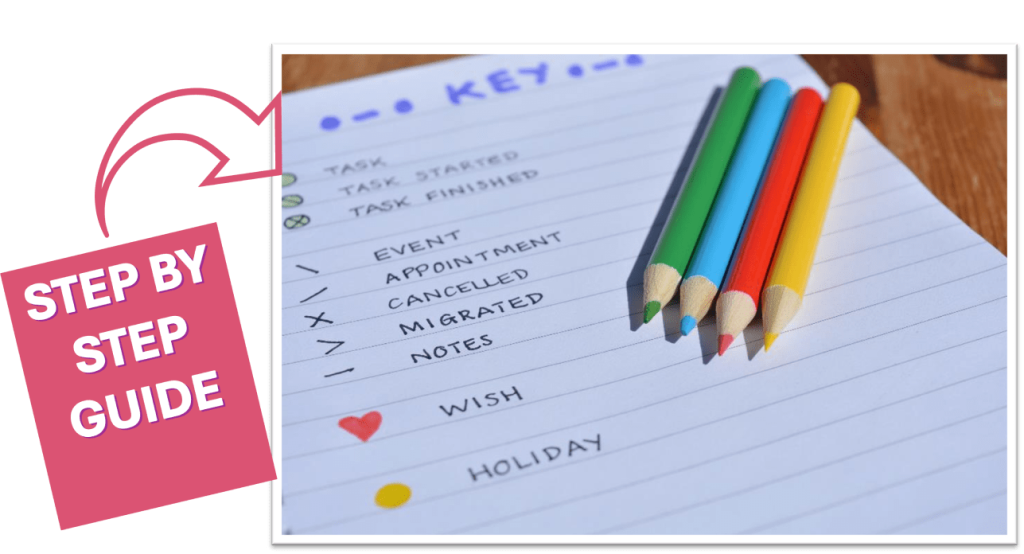
Check Out ARIVE: Boosting Wellbeing for Young Refugees
ARIVE is all about helping young refugees, especially those who might not have a lot of formal skills or qualifications, find their footing when they arrive in a new place.
ARIVE's goal? Break down the big challenges these young people face when they first get here and help them connect with their new communities.
Here's the cool part: ARIVE recognises the skills and knowledge these young folks already have, even if it's not from a classroom. They offer special training based on what each person needs and even set up real-world work experiences. This way, young refugees can start working and being part of the community faster. It's all about making sure they feel good, belong, and can thrive in their new home.
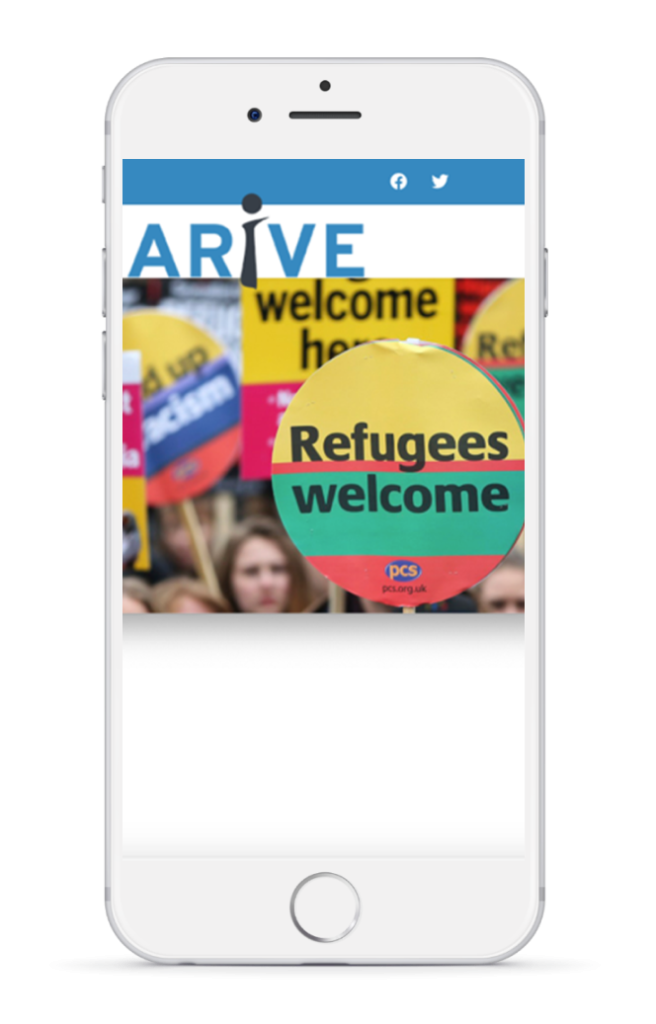
Diversity in schools is a chance for all.
When your school embraces diversity, it means that all students, including you, have an opportunity to learn, grow, and flourish.
By promoting inclusion and appreciating different cultures, languages, and backgrounds, your school creates an environment where you feel safe, happy, and like you truly belong. Not only that, but it also helps make our society more fair.
When we embrace diversity, we're all winners!
The impact on the youth wellbeing
Discrimination and exclusion are common experiences for many students from diverse backgrounds, and it can have a negative impact on their wellbeing and performances at school.
However, when diversity is properly nurtured, it can lead to a range of positive results, including increasing your creativity, empathy, academic success and wellbeing in general, regardless of the learner’s diversity background.
Being exposed to various perspectives, experiences, and cultures can really expand horizons and do wonders for personal growth. When we have the chance to interact closely with different people, it helps us develop empathy and critical thinking skills. Plus, it prepares us for a world that's becoming more interconnected and globalised.
Being able to understand and appreciate different cultures and communicate across cultures is highly valued. It's a win-win situation!
School as a promoter of diversity
Let's break down the importance of diversity in schools and make it easier to understand. Diversity is a complex issue that includes lots of different things like culture, language, money, and religion.
When schools promote diversity, it means they're working to create an inclusive and accepting environment where students from all backgrounds feel like they truly belong and are respected.
Schools/universities could be places to innovate as they bring together a huge number of diverse people. They can do this by having fair policies, teaching about different cultures, and providing support for students who come from backgrounds that are often overlooked or mistreated.
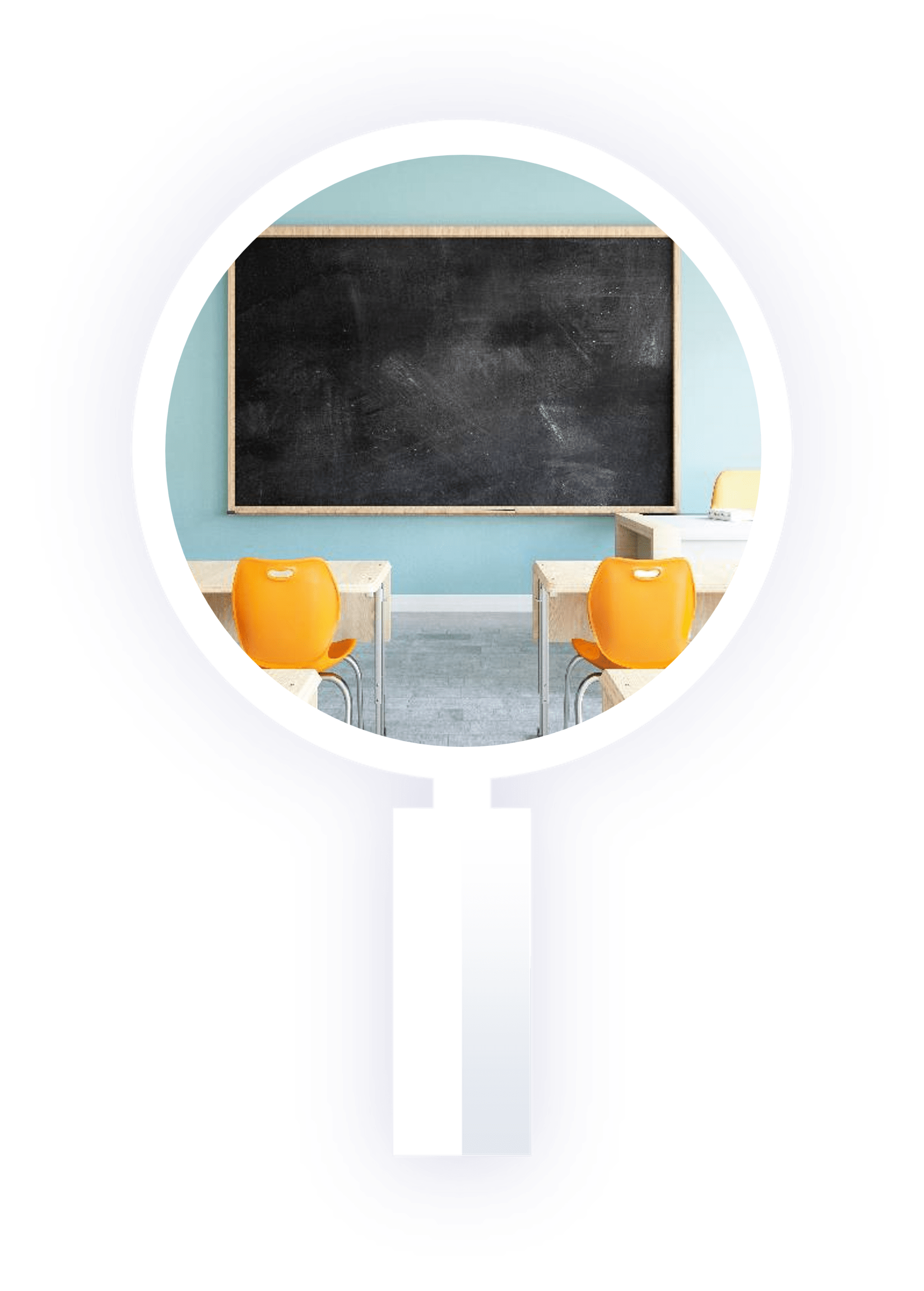

Is your school/university diverse? To what extent?

Are you regrouping according to cultural similarities with others? Are you in a social bubble? How could YOU do better and help your school do better?
Objective: To highlight the benefits of diversity and promote inclusivity
Materials needed: A list of different characteristics, a pen or pencil for each player, a timer, and a prize for the winner.
1
Divide the players into pairs or small groups
2
Give each group a list of different characteristics, such as cultural origins, ethnicity, religion, language, gender, sexuality, age, etc.
3
Set a timer for 15-20 minutes and ask the groups to find examples of each characteristic within the group or around the room.
4
Once the time is up, gather the groups together and have each group share their examples.
5
Encourage the players to reflect on the diversity of the group and how each characteristic adds value and enriches the group's experience.
6
Award a prize to the group that found the most examples.
A member of the UNESCO schools network, the Institut Sainte-Thérèse d'Avila de Chênée presents one of its global citizenship projects: the organisation of a Diversity Day on 27 April 2023.
Through the eyes of Amina and Tom, let's set off to discover this day, the school, and the question of "what is cultural diversity?"